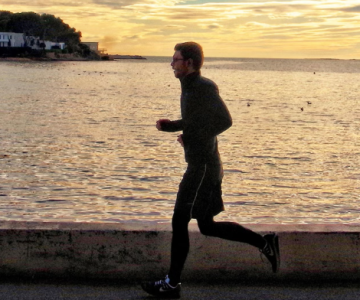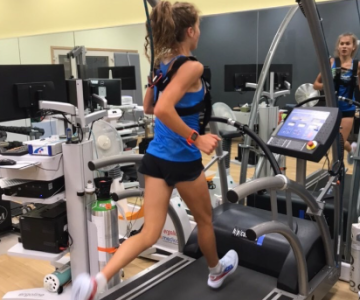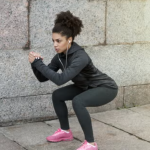In recent years, online running analysis has emerged as a hot new trend. One of the most notable apps in this space was highlighted in a popular article by Runner’s World, which dubbed it “A Physical Therapist in Your Pocket.” Developed by renowned running physical therapist Jay Dicharry, the app aims to help users refine their running form and enhance their strength through self-recorded videos, a series of guided questions, and detailed input. The app then analyzes the data and provides users with exercises tailored to improve their running.
When this article first made the rounds, I received a number of inquiries from both patients and friends asking me to weigh in on the topic. Common questions included: Does it really work? Could it cause harm? Is this a sign that physical therapists are becoming obsolete?
At first, I was struck by a sense of disbelief and frustration. How could a fellow physical therapist opt to automate such a personalized and detailed process, like a gait analysis or physical therapy? But after taking a step back, I reconsidered, and here’s my take.
The app isn’t inherently harmful, despite my initial misgivings. Its main goal is to make running more accessible and enjoyable while helping users avoid injuries. It belongs in the same category as other tools like gait analysis services at running stores, trainers offering form checks, and similar resources aimed at guiding runners to improve their technique. These platforms share a common objective of helping people run better and safer.
For beginners, in particular, this app could prove to be quite beneficial. New runners, especially those in their first few years, face a higher risk of injury. In this context, the app might catch form issues early on, preventing potential injuries from derailing a runner’s progress. For these runners, it’s an excellent starting point that can keep them on track and injury-free.
However, technology like this won’t replace skilled physical therapists, nor should it. Physical therapy is more than just performing calculations on body angles and running mechanics—it’s about understanding the broader context of a person’s individual goals, their medical history, and how their body feels as it moves. A physical therapist can factor in the psychological challenges of recovery and provide hands-on, manual treatments that no app could replicate. These elements are crucial in comprehensive rehabilitation.
While this app may be a helpful tool, it isn’t a cure-all, and there’s still the possibility of injury—especially for more experienced runners or those dealing with ongoing issues. In these cases, physical therapy remains an essential part of the healing process, as it offers a thorough, personalized assessment that an app simply can’t provide. Long-term injuries or complex conditions require the expertise of a physical therapist who can offer a tailored approach.
If you’re just starting out as a runner or are new to the sport, this app might be a great resource to help you begin your running journey. It could provide useful insights and tips, and it’s certainly worth trying. However, if you’ve been dealing with chronic injuries or complications from past running experiences, it’s best to consult with a physical therapist who can offer a more detailed and individualized treatment plan. Technology is a powerful tool, but it doesn’t replace the invaluable human connection and expertise that a physical therapist provides. In the end, whether through technology or traditional therapy, the goal is the same: getting you back on your feet and running again.





